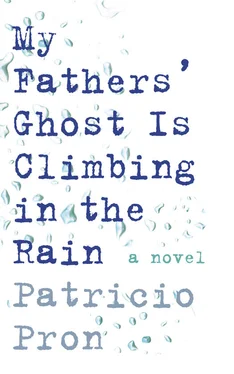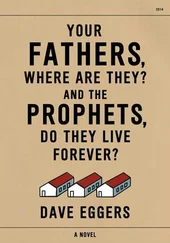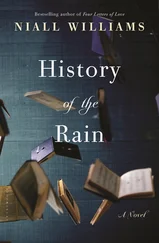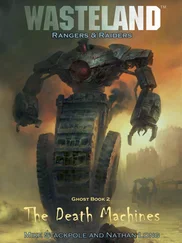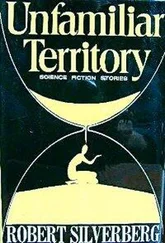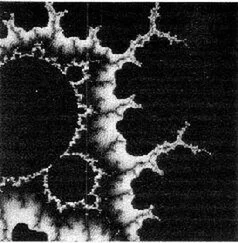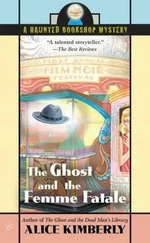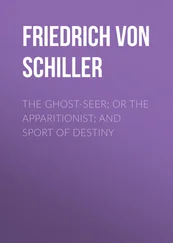That’s it, I said to myself, interrupting my reading, that’s the reason my father decided to gather all this information: symmetry. First a woman disappears, then a man, and they are siblings and my father perhaps knew them both and hadn’t been able to stop the disappearance of either one. But how could he? With what power did my father think he could prevent those disappearances — he who was dying in a hospital bed while I read all this?
“A mail [ sic ] has been released from custody, which doesn’t mean that he won’t be brought to trial. The case is being worked on throughout the whole region and the suspects are being held in the city of El Trébol and the Sastre jail. Important details were added in recent hours.”
[…]
“Could Burdisso have been strangled?”
“We will know in the coming hours but we cannot corroborate it.”
“Did he die in the well or before?”
“We are waiting for the results of the autopsy and the forensic report to determine this.”
“In what state was the body? Did it have wounds or bruises?”
“The body was beaten. They did not find bullet entry wounds.”
“Is there any relation among those arrested?”
“The suspects are related. Some closely and others allegedly.”
[…]
“Who are the suspects in custody?”
“Five men and two women.”
Conversation between Commissioner Jorge Gómez of the Eighteenth Regional Unit of the Provincial Police and a journalist ( El Trébol Digital , June 23, 2008)
The next day, a headline on the same website announced: “Alberto Burdisso Died by Suffocation and Was Savagely Beaten.”
The case was changed to Homicide by Criminal Trial Judge Dr. Eladio García[,] of the city of San Jorge. The forensic examination present that Burdisso presented [ sic ] a very hard blow to the head, perhaps caused by a blunt object, and numerous punches. He would have been thrown into the well while still alive.
More headlines: “El Trébol, Seven Arrests for the Burdisso Case” ( La Capital de *osario , June 25); “A New Arrest in the Burdisso Case” ( El Trébol Digital , June 25); “Readers Applaud Treatment of the Burdisso Case” ( El Trébol Digital , June 25); “Police Are Seeing Results in the Burdisso Case” ( El Trébol Digital , June 26); “They Will Demand Justice in the Plaza” ( El Trébol Digital , June 26). And one more headline, from the article that tells the whole story, published by El Trébol Digital the following day: “Burdisso Suffered Up Until His Final Moments.”
The brutally murdered resident of El Trébol died, as detailed by the autopsy, of suffocation. His body was found with six broken ribs, the arm and shoulder fractured by the fall into the well. Alberto, according to declarations, was taken to the field on Sunday June 1rd [ sic ] at seven in the morning to look for firewood and there they beat him and threw him into the old well where he was found. Before throwing him into the well, they tried to make him sign a sales contract and he refused. According to the work by the forensic doctors and the autopsy, Alberto Burdisso recovered consciousness in the well but later died from asphyxia, though it remains unknown whether this was caused by his position in the well or from lack of air. The cellular telephone will play an important role in the trial, since it was found along with Burdisso’s body and there are compromising called persons.
El Trébol Digital , June 27, 2008
If one reads the articles carefully and ignores their typographical errors and erratic syntax, and if afterward one thinks about what they say and accepts that what they describe is what really must have happened, one can sum up the entire story in a more or less coherent narrative: A man was taken to an isolated place through some kind of deception and there he was ordered to sign over an unknown property, which he refused to do; his attackers threw him into a well and he died there. In its simplicity, in its almost brutal pettiness, the story could fit perfectly into one of those books of the Old Testament in which the characters live and, above all, die beholden to simple passions, by the hand of an incomprehensible god who is nonetheless still worthy of praise and worship. However, since we can assume that this is not a biblical story and that the motivations of the characters are not subject to the whims of a capricious god, when reading all this, we must also ask ourselves what were the reasons behind these acts: Why was this crime committed? How is it possible that so many people are implicated in a murder that could have been carried out by one, two or, at the most, three people, all of whom could have fit in Burdisso’s little car? And why was he murdered? For his house, which the anonymous writer at El Trébol Digital presented in his or her articles as a place with no particularly special features? It certainly wasn’t some luxurious mansion that stood out in the puritanical, austere atmosphere of the town. For money? Where was this money going to come from, a sum large enough to outweigh the risk for his killers of winding up in prison for the rest of their lives? Where was a maintenance employee of an athletic club in a provincial town going to get all that money? How could Burdisso’s suffocation be explained if the well, as first reported, was dry? Why didn’t Burdisso call for help with his cell phone if it was found beside his body in the well? And who is compromised by the calls recorded by the cell phone, Burdisso or his murderers? Were the calls made before or after his fall into the well? Once again, who would want to kill some sort of Faulknerian fool, poorer than a church mouse, in a town where his disappearance would be noticed immediately, a town where, moreover, many people would know who Burdisso was, what he had done and who was with him in his final hours?
An article on June 27 by Claudio Berón, a journalist for La Capital de *osario , answered — to the extent that these things can be answered — some of these questions. I read it hastily:
Finally, after three weeks of intense investigations, the crime of Alberto Burdisso of El Treból was resolved. Burdisso, the 60-year-old man who […] and whose cadaver was […]. Gisela Córdoba, Gabriel Córdoba — her brother, Juan Huck and Marcos Brochero remained in custody charged with homicide. The motive, according to court sources, could be that they wanted Burdisso to sign a document leaving his house in Córdoba’s name, and when he refused they decided to kill him. After weighing various hypotheses, Criminal Judge Eladio García, who headed the investigation, decided to charge the four suspects and […]. The Commissioner of the 18th Regional Unit, Jorge Gómez, also worked on the investigation, mobilizing the Forensics Department of Rosario and Santa Fe, the canine division, which participated in the search for the body, and finally the Special Operations Troop (TOE). […] It seems that Córdoba maintained a relationship with Huck while at the same time saying that she was Burdisso’s girlfriend. Huck and Córdoba seem to have taken the victim under false pretenses to the well where he was found. Brochero, Córdoba’s legal spouse, would have later hidden the cadaver.
[…] The disappearance of Alberto José Burdisso shocked the city from the first moment […] he missed work on June 2, a fact […] also his debit card was found in the cash machine of Banco Nación, which had “swallowed” it the previous Saturday. […] In addition, and as was repeatedly mentioned during the days he remained missing, he spent his money on women of easy virtue. […] The worry and the conjectures about his […] These demands grew so insistent that on Monday, June 16, fifteen days after his disappearance, a demonstration was organized to ask for an escalation of police efforts to find Burdisso. On that occasion, close to a thousand […] and they signed a list of demands to request that Judge García consider the case a murder investigation.
Читать дальше
